
Physicists have found the reason why objects moving through superfluid helium-3 lack a speed limit.
Physicists from Lancaster University have established why objects moving through superfluid helium-3 lack a speed limit in a continuation of earlier Lancaster research.
Helium-3 is a rare isotope of helium, in which one neutron is missing. It becomes superfluid at extremely low temperatures, enabling unusual properties such as a lack of friction for moving objects.
It was thought that the speed of objects moving through superfluid helium-3 was fundamentally limited to the critical Landau velocity, and that exceeding this speed limit would destroy the superfluid. Prior experiments in Lancaster have found that it is not a strict rule and objects can move at much greater speeds without destroying the fragile superfluid state.
Now scientists from Lancaster University have found the reason for the absence of the speed limit: exotic particles that stick to all surfaces in the superfluid.
The discovery may guide applications in quantum technology, even quantum computing, where multiple research groups already aim to make use of these unusual particles.
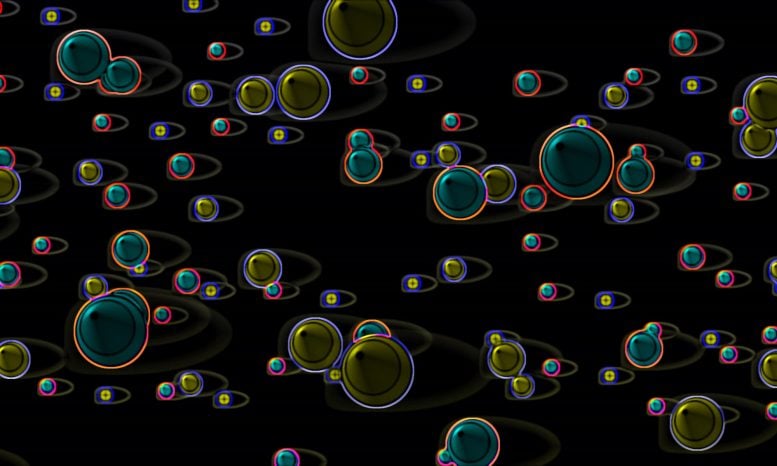
Researchers found the reason for the absence of the speed limit: exotic particles that stick to all surfaces in the superfluid. Credit: Lancaster University
To shake the bound particles into sight, the researchers cooled superfluid helium-3 to within one ten-thousandth of a degree from absolute zero (0.0001K or -273.15°C). They then moved a wire through the superfluid at a high speed, and measured how much force was needed to move the wire. Apart from an extremely small force related to moving the bound particles around when the wire starts to move, the measured force was zero.
Lead author Dr. Samuli Autti said: “Superfluid helium-3 feels like vacuum to a rod moving through it, although it is a relatively dense liquid. There is no resistance, none at all. I find this very intriguing.”
PhD student Ash Jennings added: “By making the rod change its direction of motion we were able to conclude that the rod will be hidden from the superfluid by the bound particles covering it, even when its speed is very high.” “The bound particles initially need to move around to achieve this, and that exerts a tiny force on the rod, but once this is done, the force just completely disappears,” said Dr. Dmitry Zmeev, who supervised the project.
Reference: “Fundamental dissipation due to bound fermions in the zero-temperature limit” by S. Autti, S. L. Ahlstrom, R. P. Haley, A. Jennings, G. R. Pickett, M. Poole, R. Schanen, A. A. Soldatov, V. Tsepelin, J. Vonka, T. Wilcox, A. J. Woods and D. E. Zmeev, 21 September 2020, Nature Communications.
DOI: 10.1038/s41467-020-18499-1
The Lancaster researchers included Samuli Autti, Sean Ahlstrom, Richard Haley, Ash Jennings, George Pickett, Malcolm Poole, Roch Schanen, Viktor Tsepelin, Jakub Vonka, Tom Wilcox, Andrew Woods and Dmitry Zmeev. The results are published in Nature Communications.



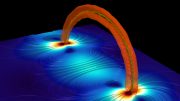
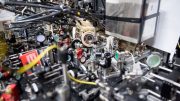
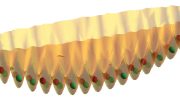
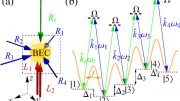
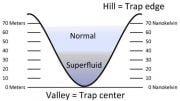
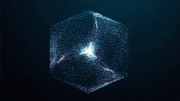
Would it then be possible to place a magnet in this “frictionless fluid” and rotate it at incredible velocity? With no friction, no heat, thus generating a very intense localized magnetic field that could be operated indefinitely? If so, that may in fact provide a form of high density energy storage, or localized artificial gravity generation, and perhaps solve one of the primary energy requirements of the Alcubierre Warp Drive. If any of these are true, this could have immense implications.